What is a Wind Turbine?
A wind turbine captures the energy of the wind and transfers the motion to an electric generator shaft. Some models have a tailfin to catch the wind from any direction. A typical domestic system would have an output of 2.5-6kW.
How does it work?
The wind causes the blades of the turbine to rotate, which turns a shaft in the nacelle (box at the top of the turbine). The shaft activates the generator, which uses magnetic fields to convert the energy generated into electrical energy.
The energy generated is proportional to the cube of the wind speed, ie if wind speed doubles, you get eight times the power.
Most small wind turbines generate direct current (DC) electricity. You then need an inverter and controller to convert to AC alternating current for mains electricity).
Any surplus electricity can be sold to your local electricity company. If you do not have mains supply, you need a battery for storage.
Where can you put a wind turbine and how easy is it to install?
Wind power is very site-specific. To get a high average wind speed of 5-6m per second (m/s), you would need to erect a wind turbine on a mast, well away from trees and buildings.
To ensure a regular flow of wind, the turbine should be at least 10m above ground. The higher the turbine, and the faster and more constant the wind speed, the more power will be generated. You can find out how suitable your own site may be in wind terms by looking at the British Wind Energy Association’s (BWEA) website.
Some small roof-mounted wind turbines have recently attracted publicity, but the Centre for Alternative Technology (CAT) is sceptical about claims made for their efficiency, especially in urban areas.
CAT’s own research has shown average wind speed on an urban rooftop to be only 2m/s, while many turbines won’t generate at all under 3-4m/s (for example the 1kW output Windsave from B&Q quotes a cut-in speed of 3.5-5m/s).
The British Wind Energy Association (BWEA), however, believes that roof-mounted turbines can make a worthwhile contribution to household energy supply, particularly considering the effect rising fuel prices are having on householders’ energy bills. Unless you have specialist training, installing a wind turbine is a job for an expert.
Who are the major suppliers?
There is a list of suppliers on the BWEA’s website, of which Proven Energy and Renewable Devices are among the most long established.
How much does it cost?
Mast-mounted turbines rated between 2.5kW and 20kW can cost from £6,500 to £20,000. The 1.5kW output, roof-mounted Swift Turbine from Renewable Devices is around £2,000 including installation.
Payback time for your investment depends on wind speed and individual energy consumption but is likely to be around 10-15 years for a 2.5kW wind turbine and five to eight years for a Swift Turbine.
However, manufacturers’ calculations often rely on assumptions about average wind speed – if you take the lower end estimates of power generation, the payback time for investment could be as much as 20 years.
Since 2010, domestic turbines installed by a suitably-qualified contractor licensed under the Microgeneration Certification Scheme have been eligible for cashback via Feed-in-Tariffs.
What are the pros and cons of a wind turbine?
Wind power is non-polluting and there aren’t any ongoing fuel costs. And according to the BWEA, wind makes more noise than a wind turbine. However, there may be vibration through a roof-mounted mast that in some cases may damage the structure and your roof.
If your installation is visible, check with neighbours that they are happy, and you may need planning permission. And setting up a buy-back arrangement with an electricity supplier is expensive (£150).
How big must a wind turbine be to supply all your electricity?
According to CAT, you can’t get all your electricity from a domestic wind turbine, because there isn’t a consistent enough wind supply. But, depending on the local wind, you should be able to get between a quarter and a third of your needs from a 1kW or 2.5kW turbine.
Based on an electricity cost of 12p/kWh, a 1kW wind turbine producing 600kWh a year would save you £72 on your total fuel bill. Savings will of course increase if fuel costs rise.
How can you get a grant for a wind turbine?
To qualify for a grant of up to 30 per cent of the installed cost, you need to buy a Low Carbon Buildings Programme approved product and have it installed by an approved installer.
The website explains grant application procedures (money is released in monthly tranches) and lists approved products and installers by region.

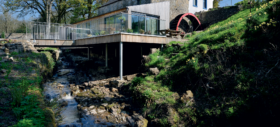


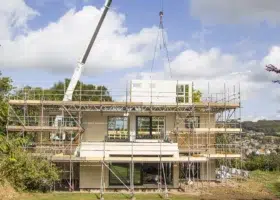

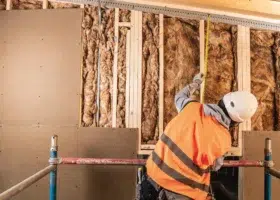
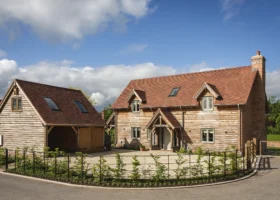



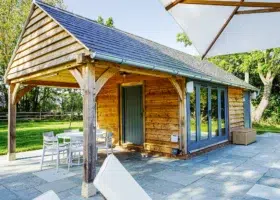
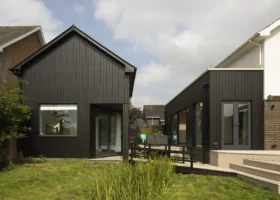
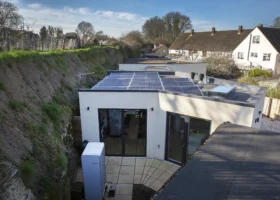




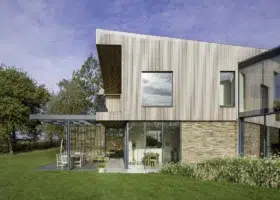
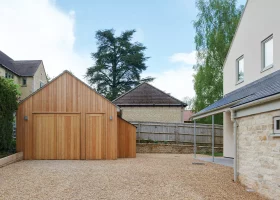











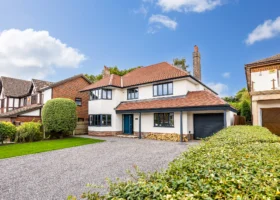

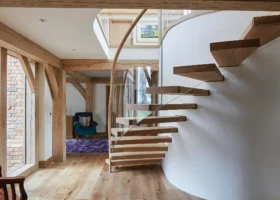


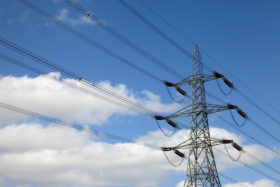
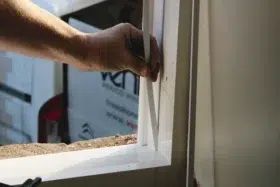
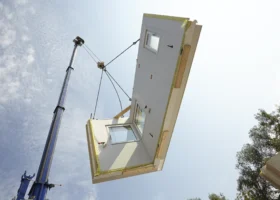


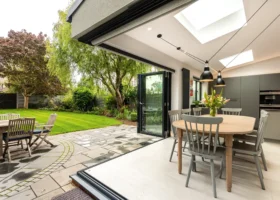
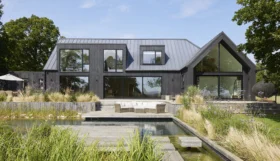



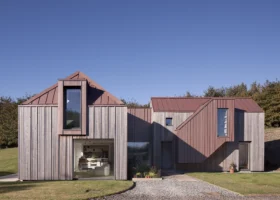
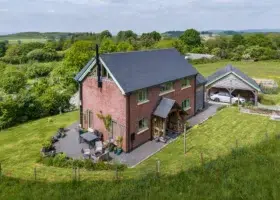

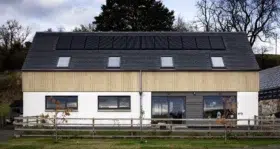




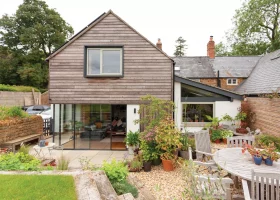

























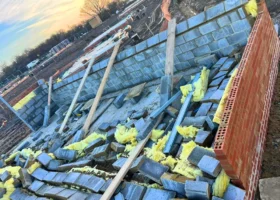








 Login/register to save Article for later
Login/register to save Article for later

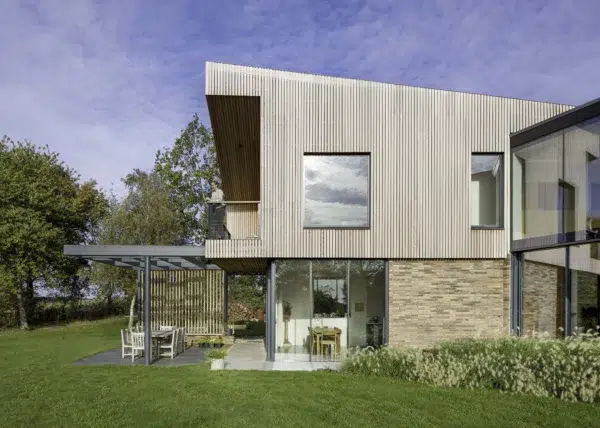

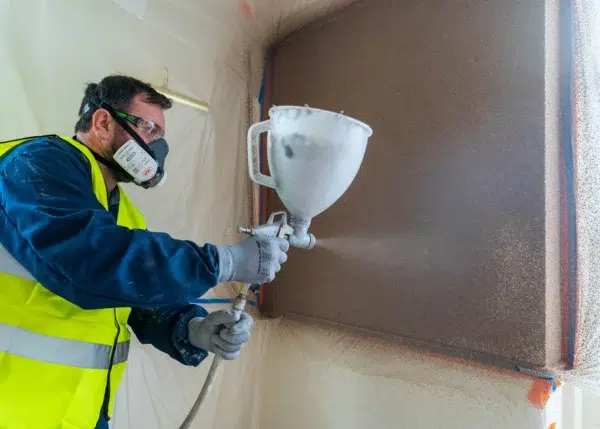
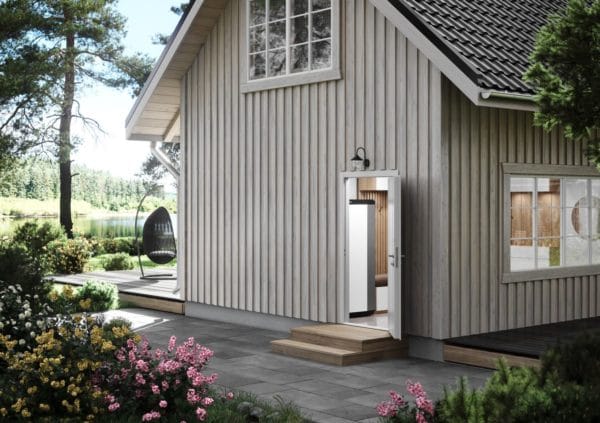

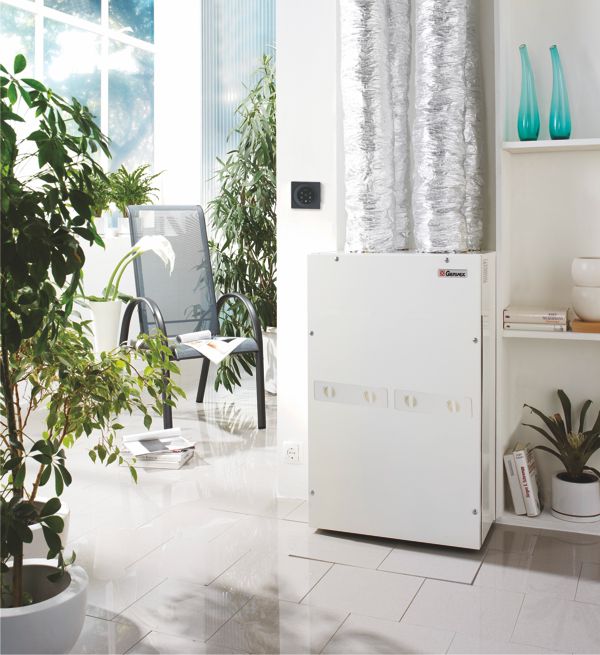
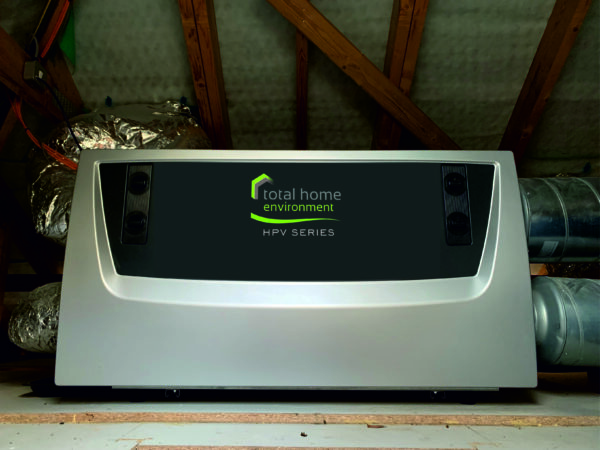





Comments are closed.